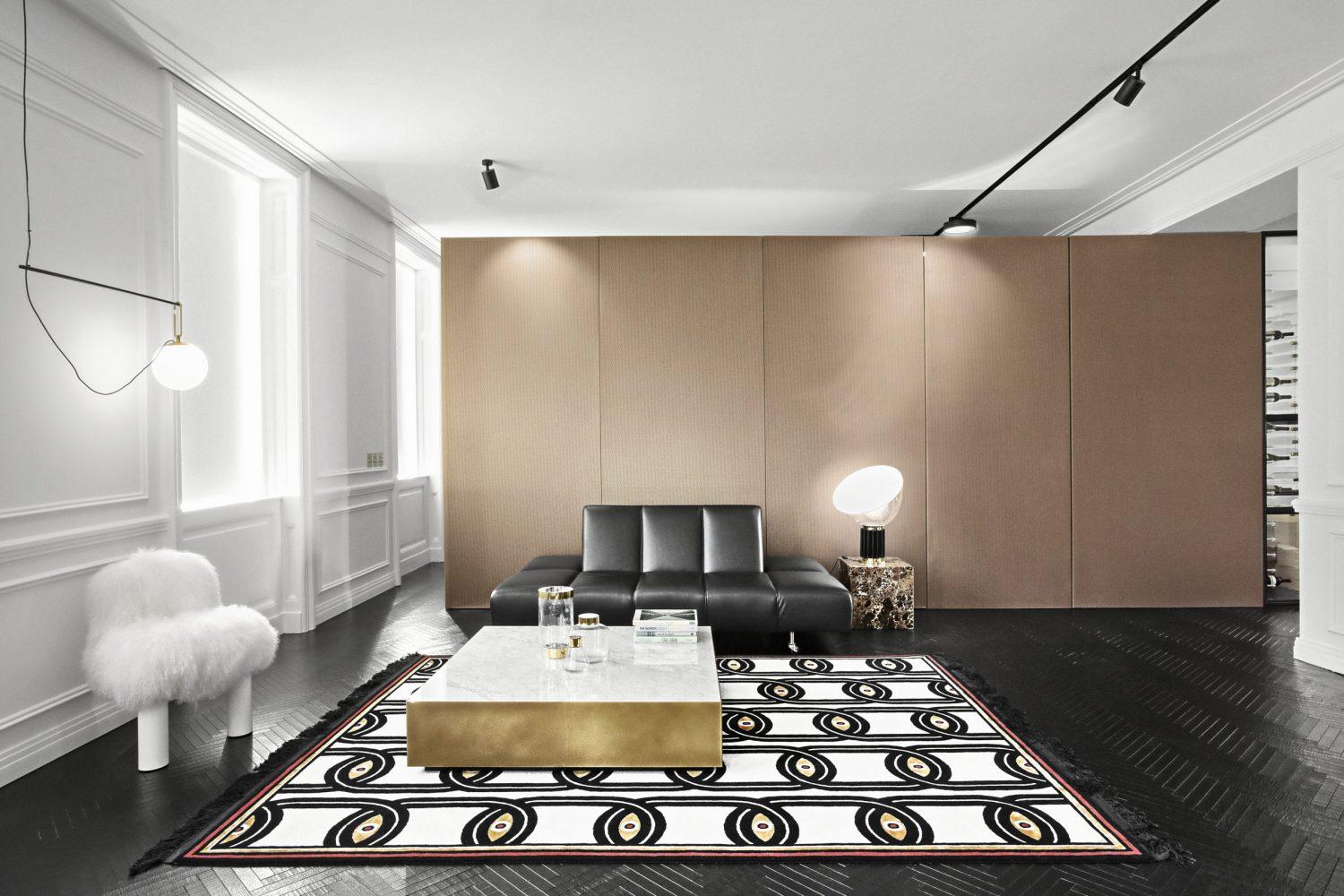
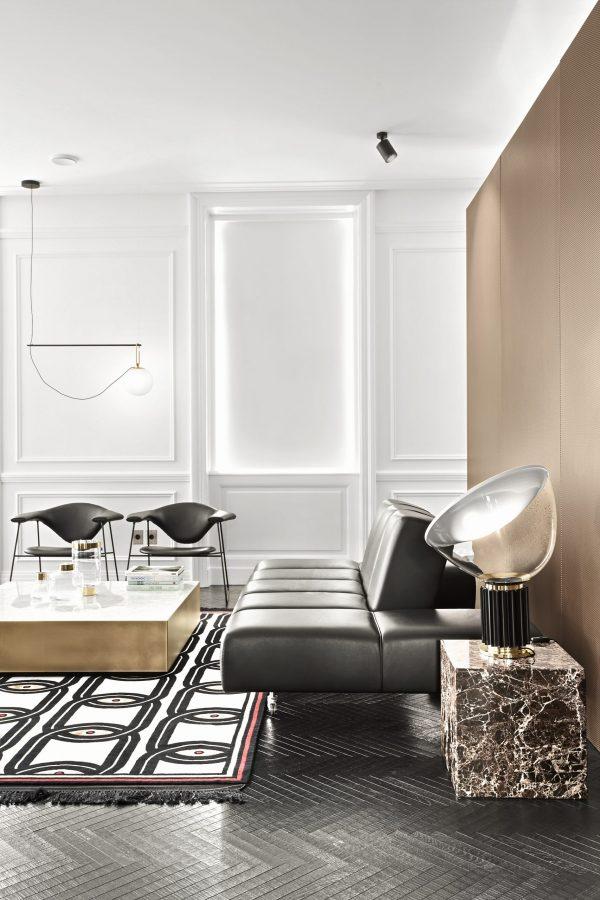











The degree in which lighting participates in the final effect is not always the same. Some buildings fea- ture a design so expressive, that an equally expressive lighting would push them too far, into a realm of garish over-intensity. In others, lighting might tell its own story of day and night, within the architectural envelope. But when it comes to Step-level House by OFIS architects, it is only through light that the ef- fects the architects carefully built into the house itself, can come to full fruition. It is only once the lights come on, that the brisk lattices on the facade can create their graphic effects. It is only in dusk time, that the complex intertwining of the empty and full, open and closed, external and internal spaces can come to life in its fullest.





The Portico House features an empty volume, which punches through the levels of the building from the lowest below ground, all the way up to the rooftop, and around which all the other rooms are organized. Apart from bringing light into the basement, which would otherwise be left useless in terms of living spaces, it connects all the different levels of the house, allowing them to visually communicate. But at night, the light well’s function is reversed. While the house throws its light into it, the void, in turn, gives back shadows, drawing outlines of branches and leaves onto the surfaces, turning the atmosphere of the house’s interior, otherwise devoid of external views, into a space filled with nature.

Photo: Tomaž Gregorič






Photo: Janez Marolt
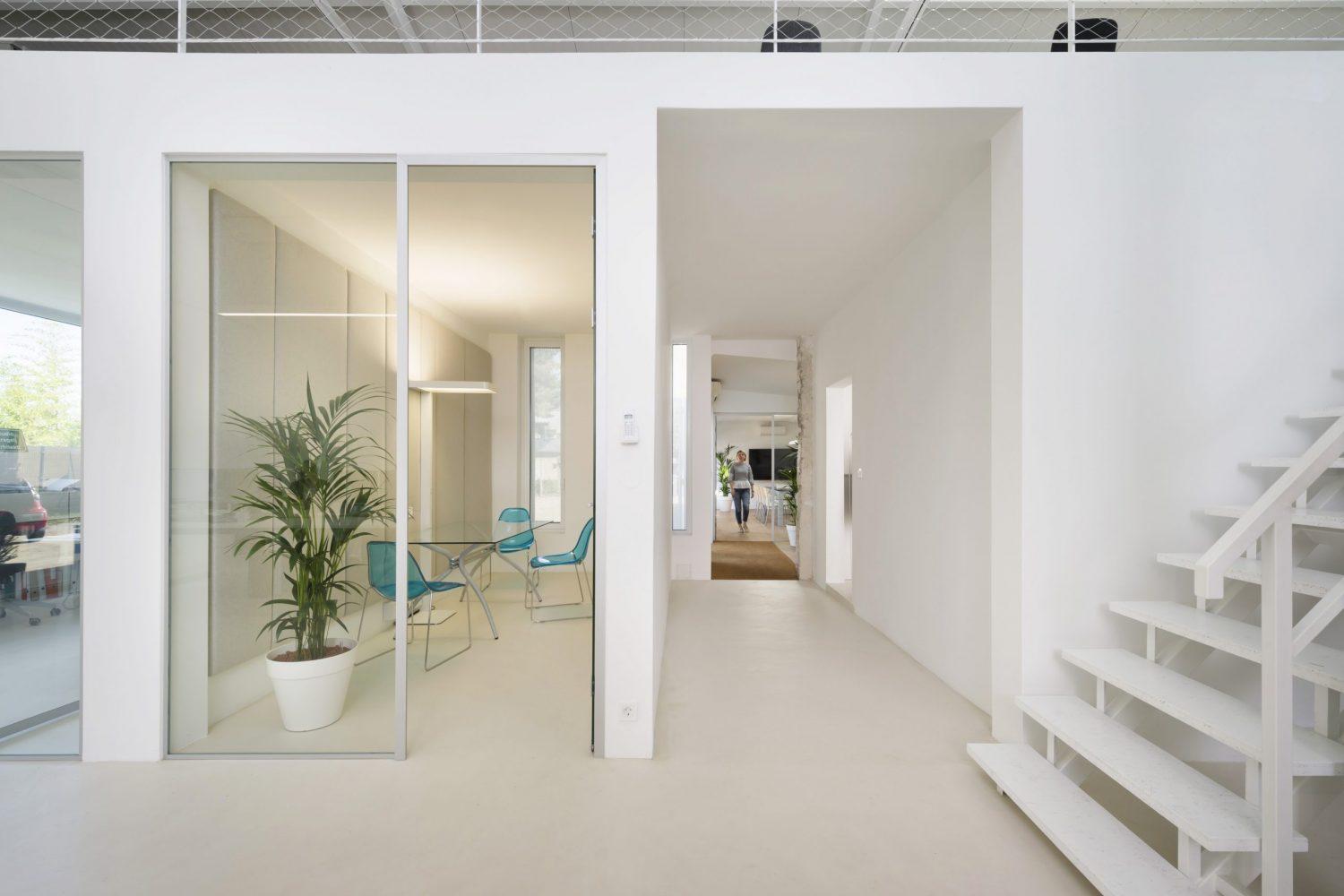
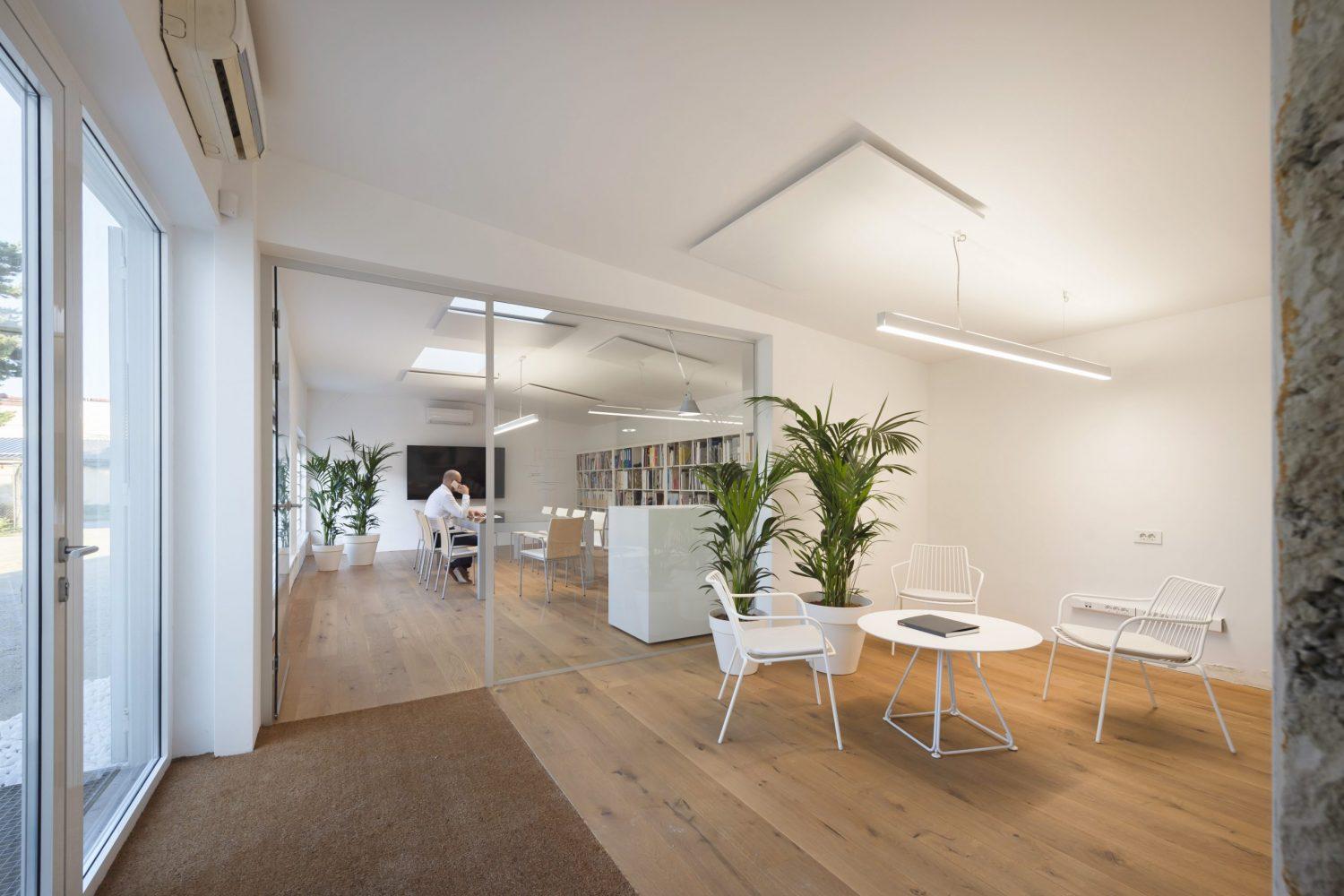
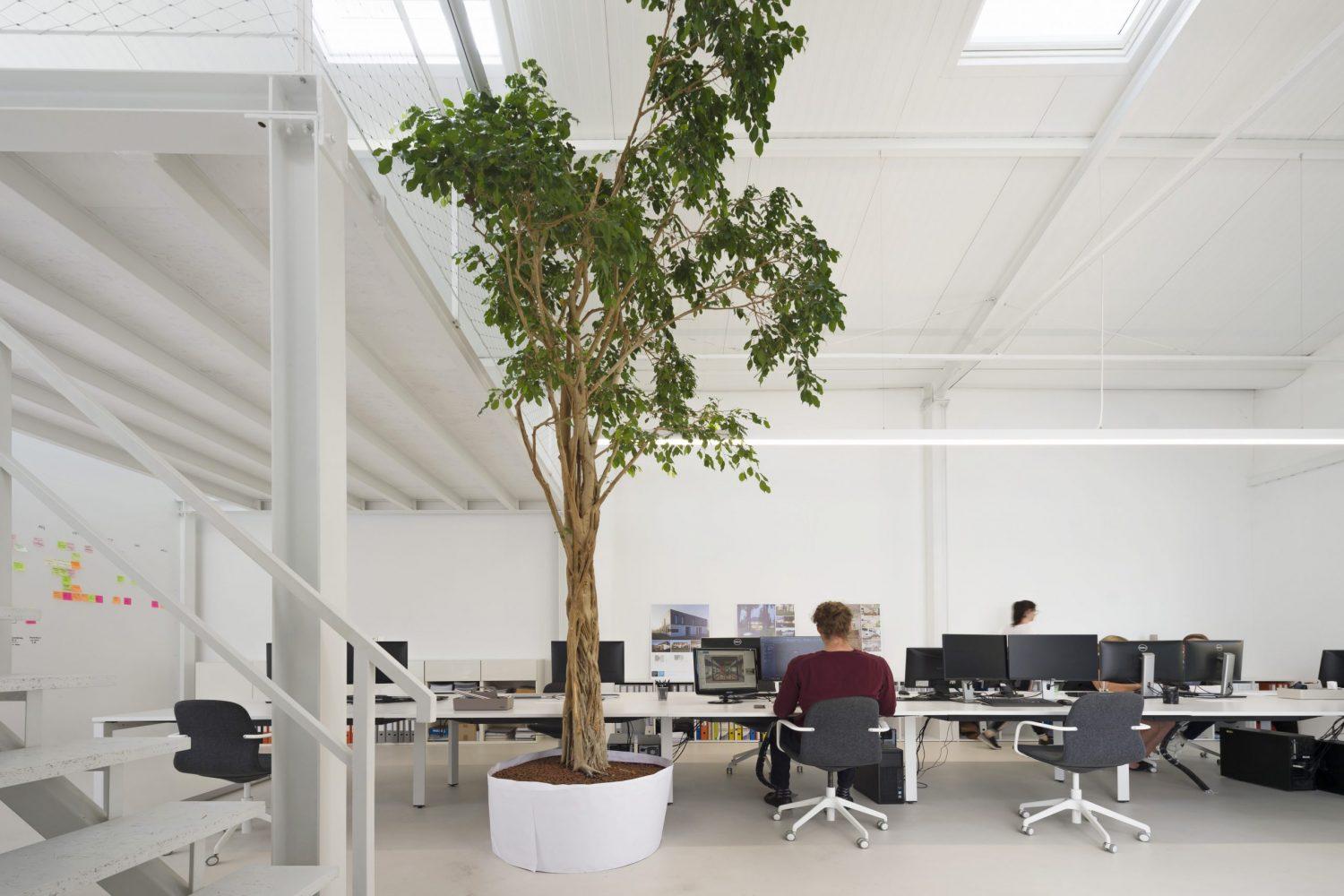
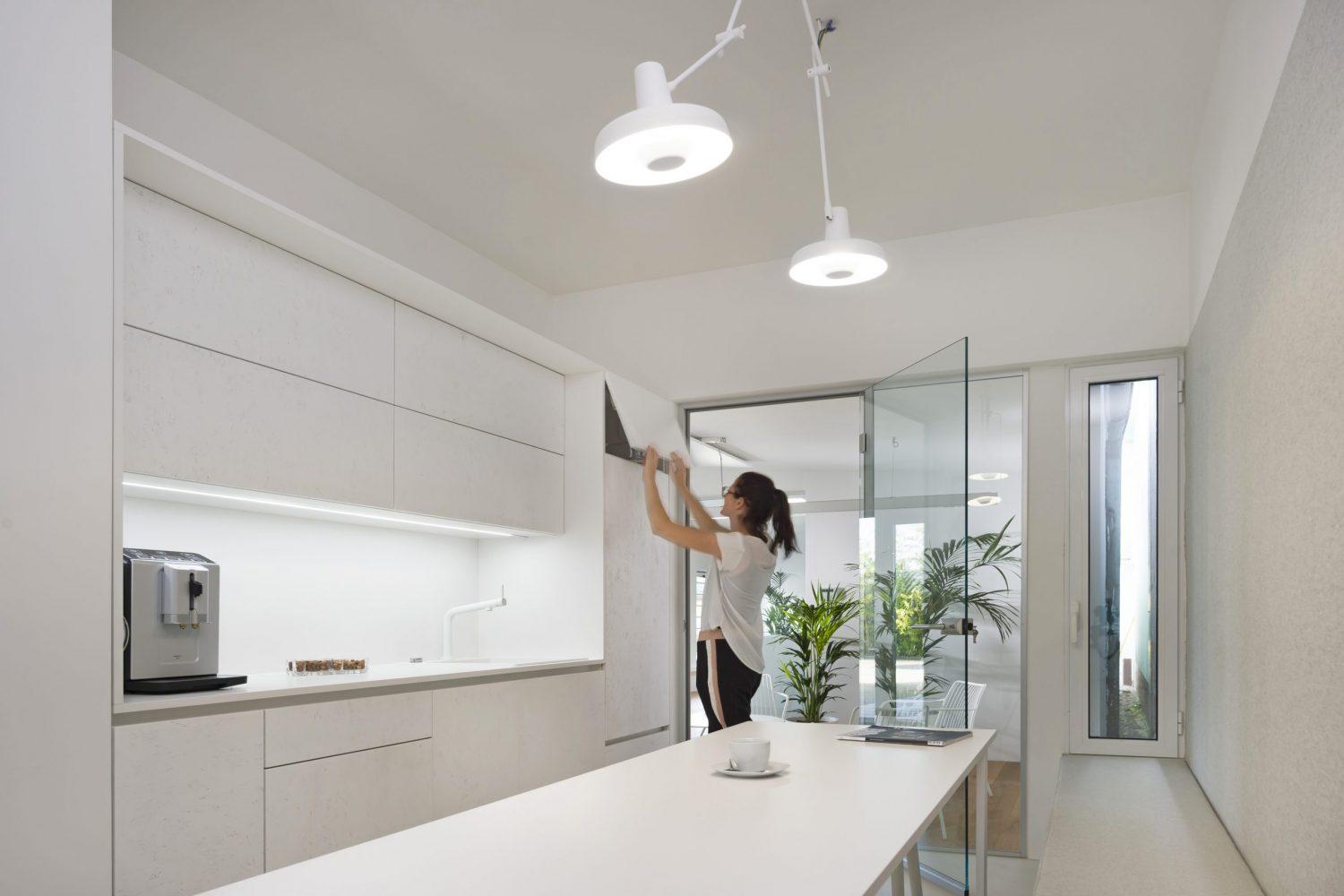
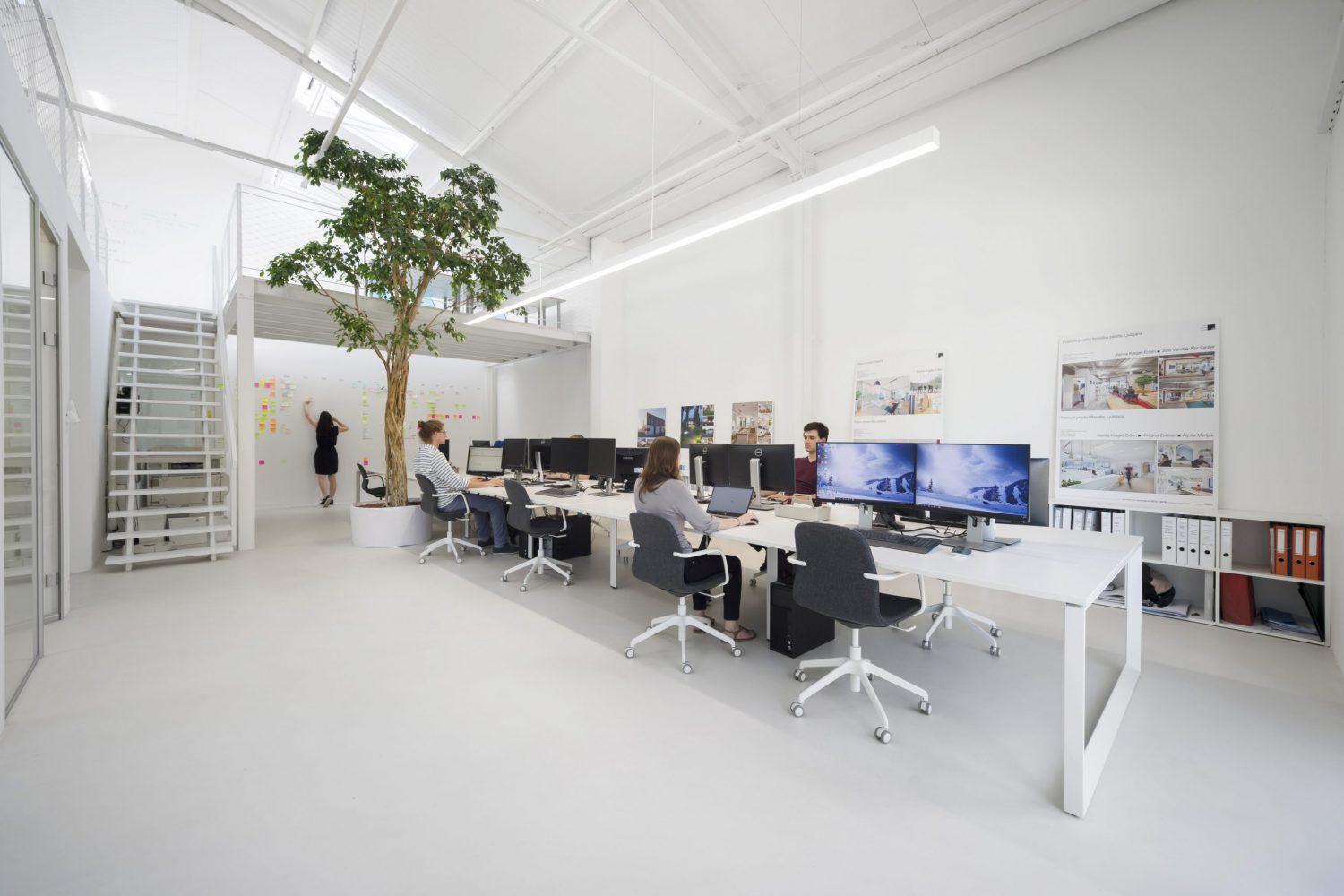



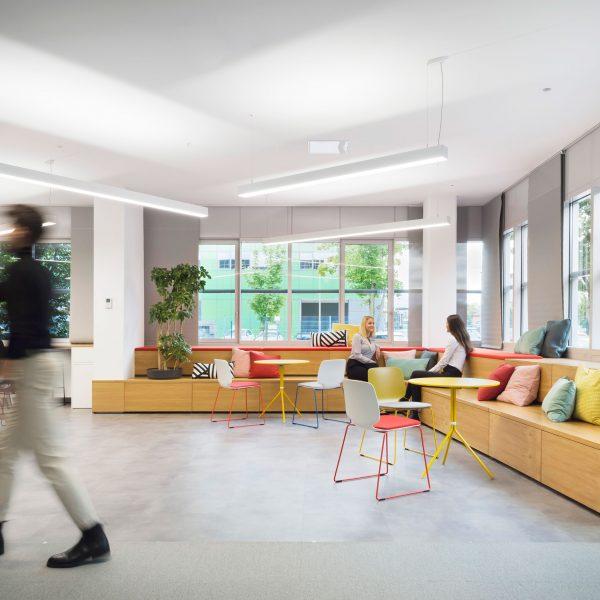




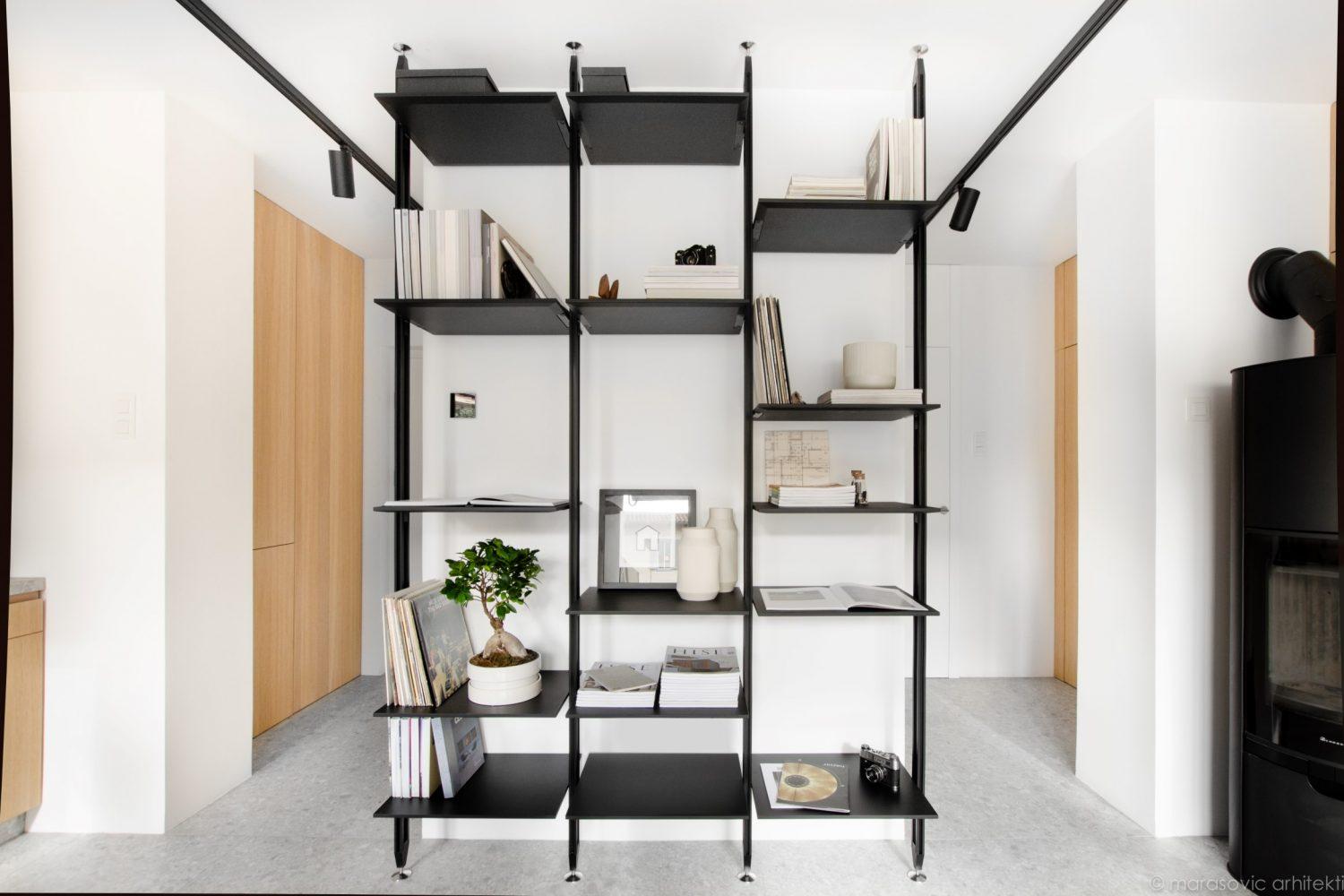








The three boxes house is a project the architect built for himself. When it came to lighting design, there was only one request – no visible lighting fixtures! Apart from the occasional designer light bulb. Working closely with the architects, Arcadia found a solution, which allowed for all the light sources to be either hidden behind wall panelling, or (in parts of the house without any), to be concentrated inside the wooden staircase, from whence it would then spread to all the adjacent spaces via reflection by other materials. The staircase thus becomes the principal source of illumination, around which all the other spaces are organized, while allowing light to enter into an intimate relation with the chosen materials, which transmit it through the building.








Photo: Tomaž Gregorič






Light design of CSC offices


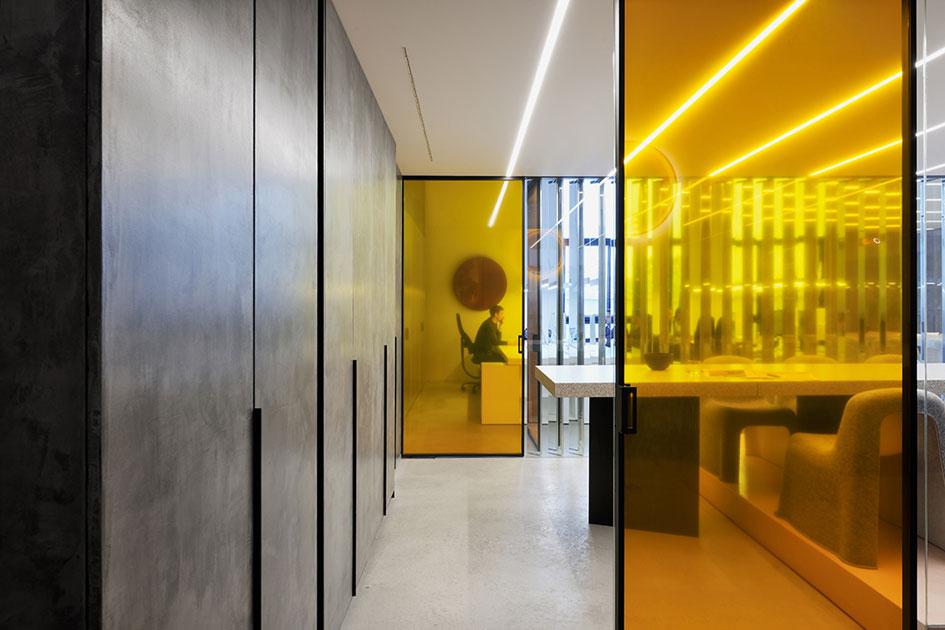
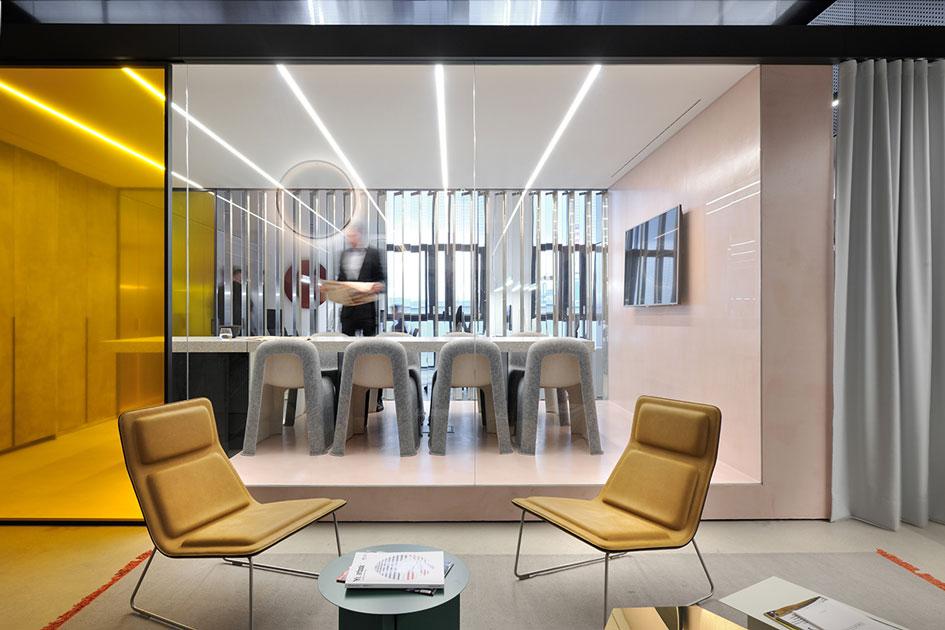
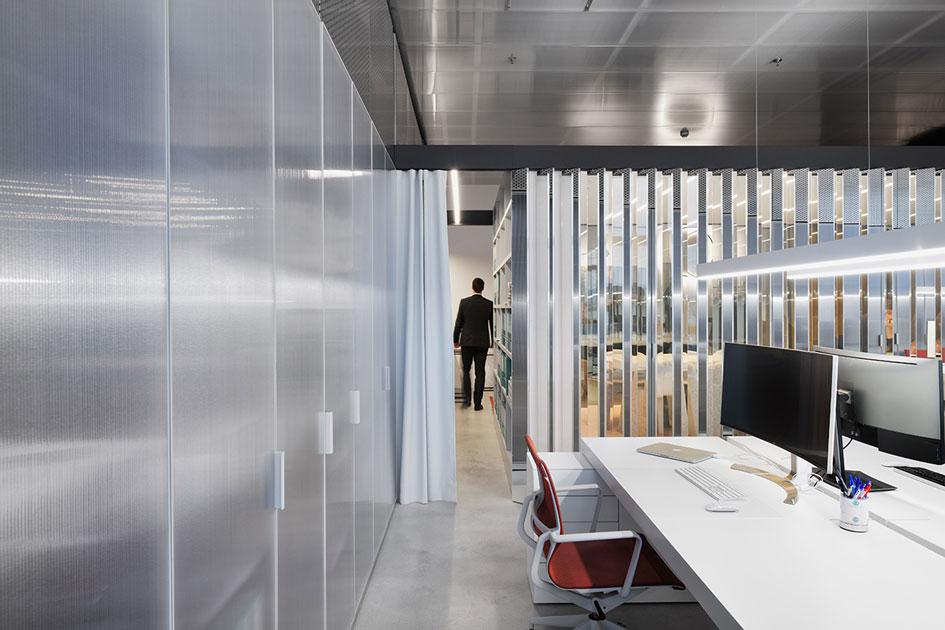
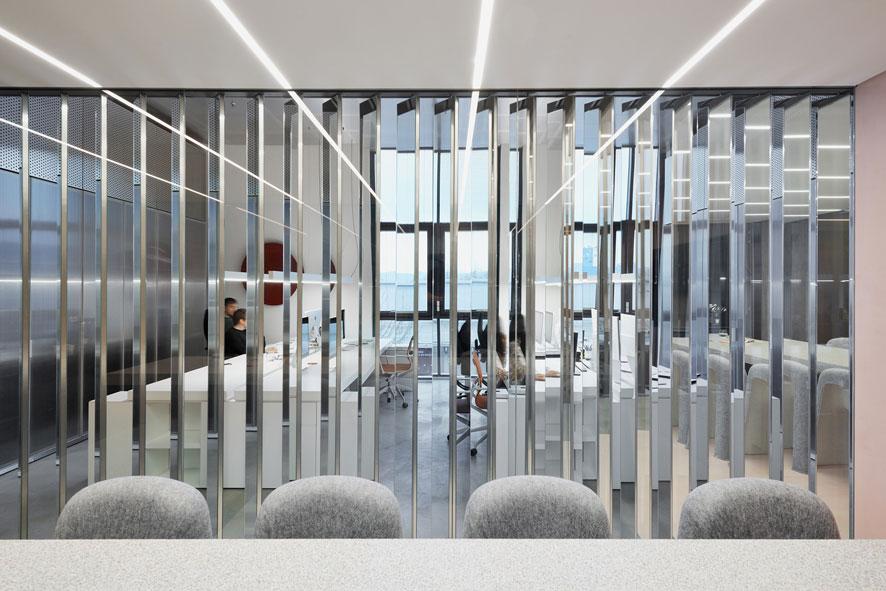
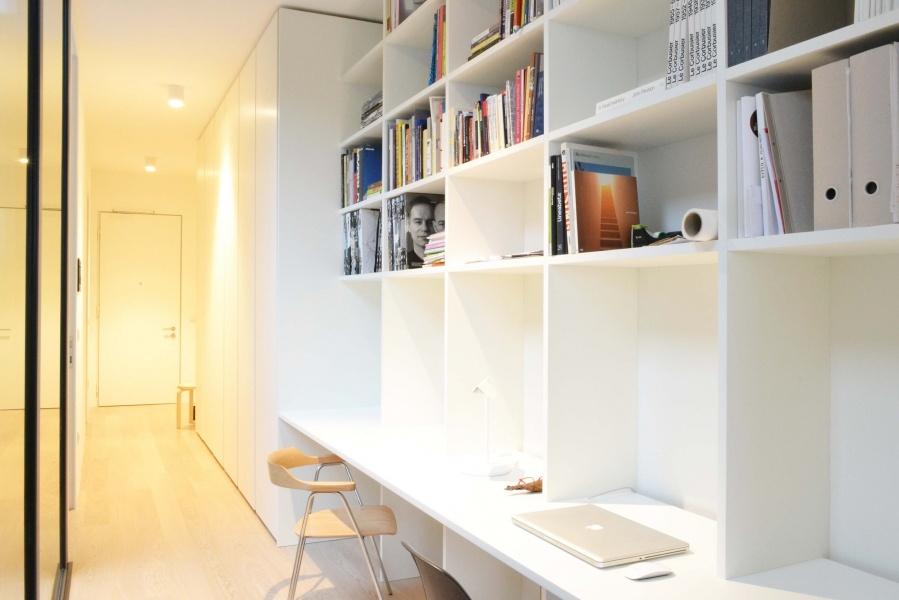


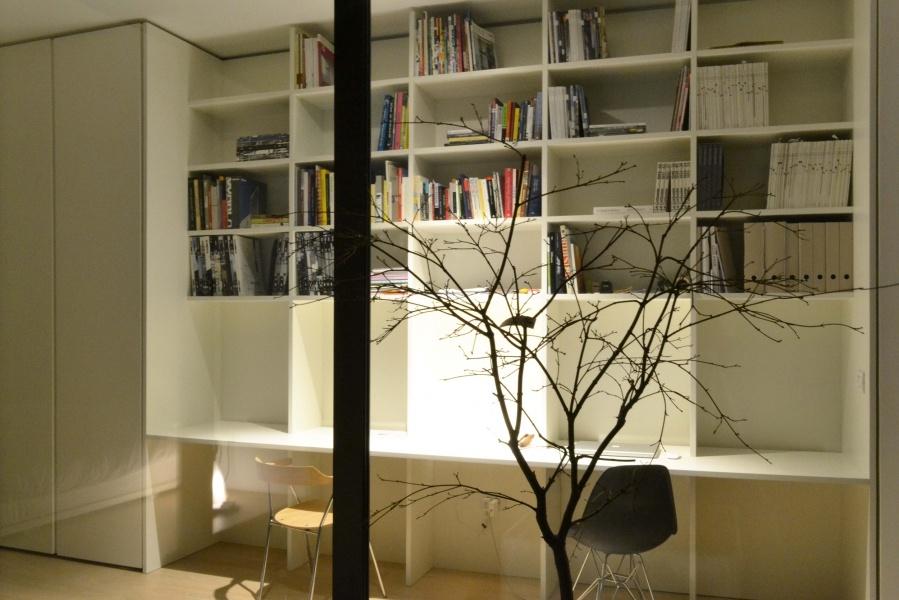
Back to top
